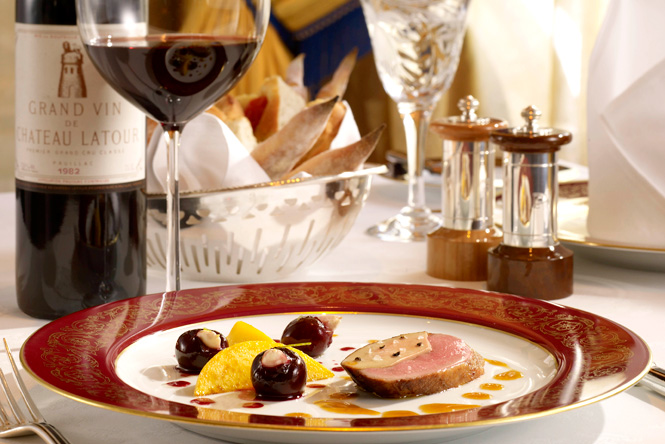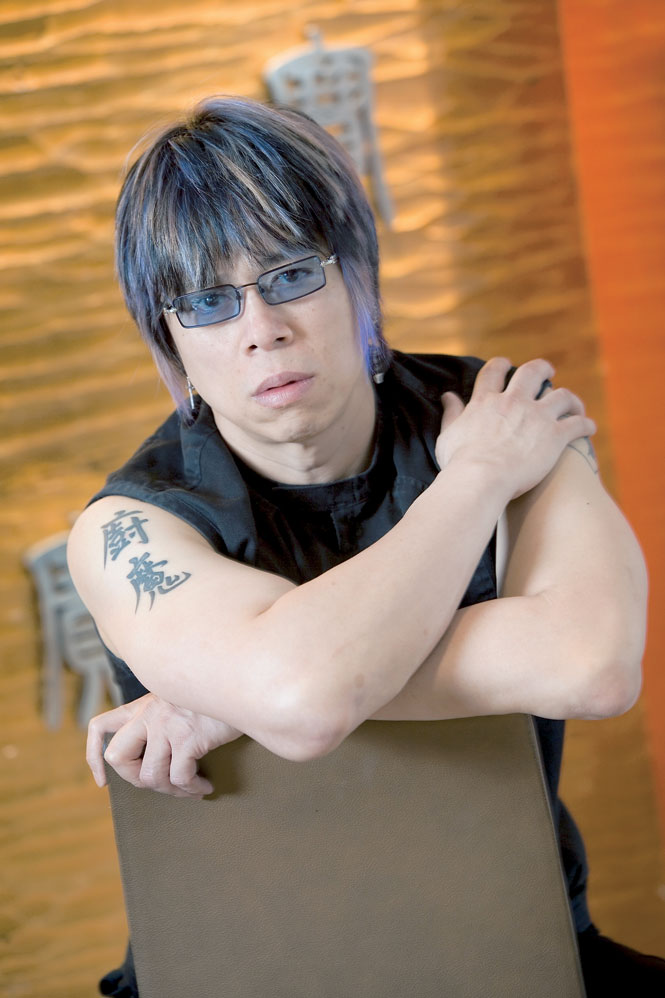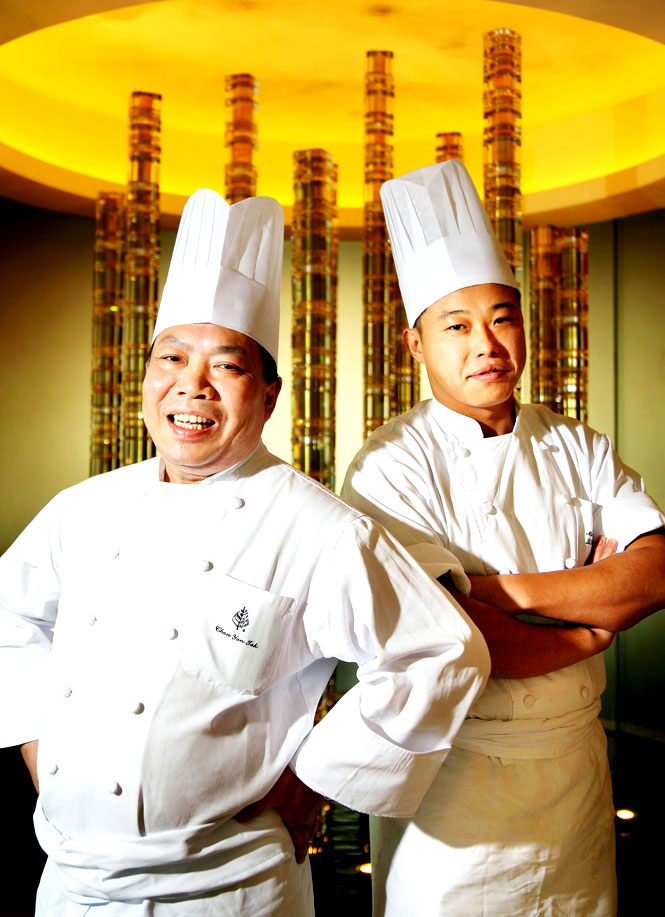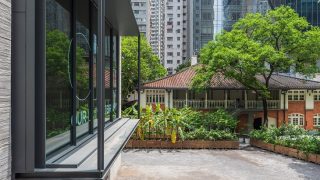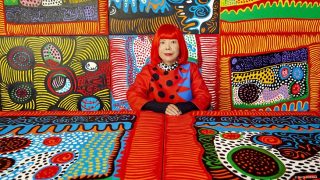Digesting Michelin’s new guide to Hong Kong and Macau
By Simon Ostheimer
So, what’s in a restaurant guide? When it comes to the name Michelin, plenty to chew on, it seems. On December 2, 2008, the first-ever edition of the Michelin Guide Hong Kong & Macau was released to great fanfare—and immediate criticism from the local food press.
Le Guide Michelin was established in 1900 by French tire-company owners André and Édouard Michelin as a way to promote automotive-based tourism, and thus boost sales of their main product. Over the years, the brothers added a cover price, introduced a star-rating system for restaurants, and changed the color of the book from blue to the now famous red.
Having established a series of guides throughout Western Europe by the end of the 20th century, Michelin crossed the Atlantic Ocean in 2005 and published a New York edition, quickly followed by San Francisco, Los Angeles, Las Vegas, and, in 2007, Tokyo. With such rapid expansion, teething problems were to be expected, but almost all the new guides were roundly criticized by locals with the same pointed question: “Who do these French critics think they are, telling us locals what the best restaurants are in town?”
In case you’re not familiar with the judging system, here’s the synopsis: after drawing up a shortlist, a team of anonymous food inspecteurs dine at a restaurant, revisit it at least twice, and several more times if it’s being considered for a star. For the 416-page guide to China’s Special Administrative Regions (SARs), more than 1,200 establishments were considered, 800 or so were visited, and 28 were ultimately awarded stars—22 in Hong Kong, and six in Macau. To put that into perspective, in the latest edition of Michelin’s only other Asian guide, 173 Tokyo restaurants were selected for culinary excellence: 128 were awarded one star (“a very good restaurant in its category”), 36 were awarded two (“excellent cooking and worth a detour”), and nine received the coveted three-star grade (“exceptional cuisine and worth the journey”).
Not that anyone is quibbling with Hong Kong’s relatively slim scorecard; the greater Tokyo area, after all, is home to some 35 million people, compared to Hong Kong’s seven million. But yet again questions have been raised about the ability of Michelin’s judging panels—most members of which are invariably French—to evaluate the delicate nuances of foreign cuisines. As it turned out in Tokyo, such concerns proved moot, with post-publishing complaints instead coming from the numerous small- and medium-sized restaurants that were awarded stars (they were unable to cope with the sudden overwhelming demand) as well as from their regular patrons, who were no longer able to reserve a table, never mind afford the inflated prices.
Still, there’s no denying a bias toward French cooking in many of Michelin’s overseas guides thus far; French “super chef” Joël Robuchon, for instance, has 24 stars spread across his 19 ventures worldwide (including two now for his L’Atelier de Joël Robuchon in Hong Kong and three for Robuchon a Galera, in Macau’s Hotel Lisboa). It was expected that the SARs edition would see more of the same, particularly given that only two of its dozen inspectors were Chinese. So when the 2009 list was revealed, it came as a pleasant surprise to see local fare leading the way. The only three-starred Hong Kong restaurant was Lung King Heen at the Four Seasons Hotel, with four of the city’s seven two-starred establishments—Shang Palace, Summer Palace, T’ang Court, and Bo Innovation—also serving Cantonese cuisine. If anything, it seemed that the folks at Michelin had overcompensated for their perceived Eurocentrism.
What did raise critics’ hackles was the predominance of hotel-based restaurants on the list—all told, 17 of the 28 starred establishments—vis-à-vis their standalone counterparts. Not only that, but they were also overwhelmingly high-end eateries. Where were the restaurants within reach of the common diner? The answer is simple. Despite its egalitarian modus operandi—to wit: “Michelin stars are awarded to restaurants offering the finest cooking, regardless of cuisine style…. They do not take into consideration interior decoration, service quality or table settings” —Michelin has always leaned toward formal, upscale dining experiences. For detractors, this boils down to expensive food, stuffy service, and elaborate table settings, a perception that has led a handful of starred chefs in Europe—most recently, Spain’s Joan Borras—to renounce their ratings in order to pursue a more casual (and less stressful) approach to cooking. As for the hotel element, well, it’s the Michelin guide to restaurants and hotels—70 pages in the Hong Kong guide are dedicated to hotel reviews alone, ranked in order of comfort. Indeed, several of the inspectors were rumored to be camped out at the Four Seasons, not that we’re casting aspersions on the three stars earned by Lung King Heen—chef Chan Yan-tak’s crispy scallops with fresh pear is unimpeachable.
Ultimately, the challenge to Michelin locally doesn’t come from criticism, for this certainly hasn’t affected sales: the Hong Kong and Macau guide topped the Christmas best-seller lists at Hong Kong’s leading book chains, Dymocks and Bookazine. Rather, it comes from the welter of rival volumes unleashed last year.
While Hong Kong has always been covered by the major travel guidebooks, 2008 will be remembered as the year that restaurant guides descended on the city. Titles included Zagat, Mobil, the homegrown WOM (Word of Mouth), and a good chunk of the inaugural Miele Guide, which featured eight Hong Kong eateries in its list of Asia’s top 20 restaurants. The difference was, three of the four (Mobil being the exception) listed venues nominated by the public, not ones chosen by a secretive group of non-resident food tasters.
Still, when it comes to foodie status, Michelin remains on top of the pile, perhaps in no small part due its longevity. And its stars will undoubtedly add luster to Hong Kong’s dining scene, to the benefit of some deserving talents. Says chef Alvin Leung, whose molecular Cantonese creations earned his Bo Innovation its two stars, “Our place on the list has definitely increased business, and diners have been very responsive. The challenge now is to maintain the rating.”
That challenge will soon be felt elsewhere in China. At the Michelin launch in Hong Kong, Jean-Luc Naret, the guides’ then director (he has since been succeeded by Josiane Caspar, a 38-year-old German, and the first woman to head the series) revealed that inspectors had recently been in Beijing, Shanghai, and Taipei. Given the track record of little red books on the Chinese mainland, Michelin’s expanding Asian franchise may yet prove revolutionary.
The author was a contributor to the 2009 Mobil Hong Kong & Macau guide.
Originally appeared in the February/March 2009 print issue of DestinAsian magazine (“Star Crossed”)

